Published Mar 10, 2023
Galactic Politics: The Federation and the Dominion
An exploration of the similarities and differences of the two primary belligerents of the Dominion War.
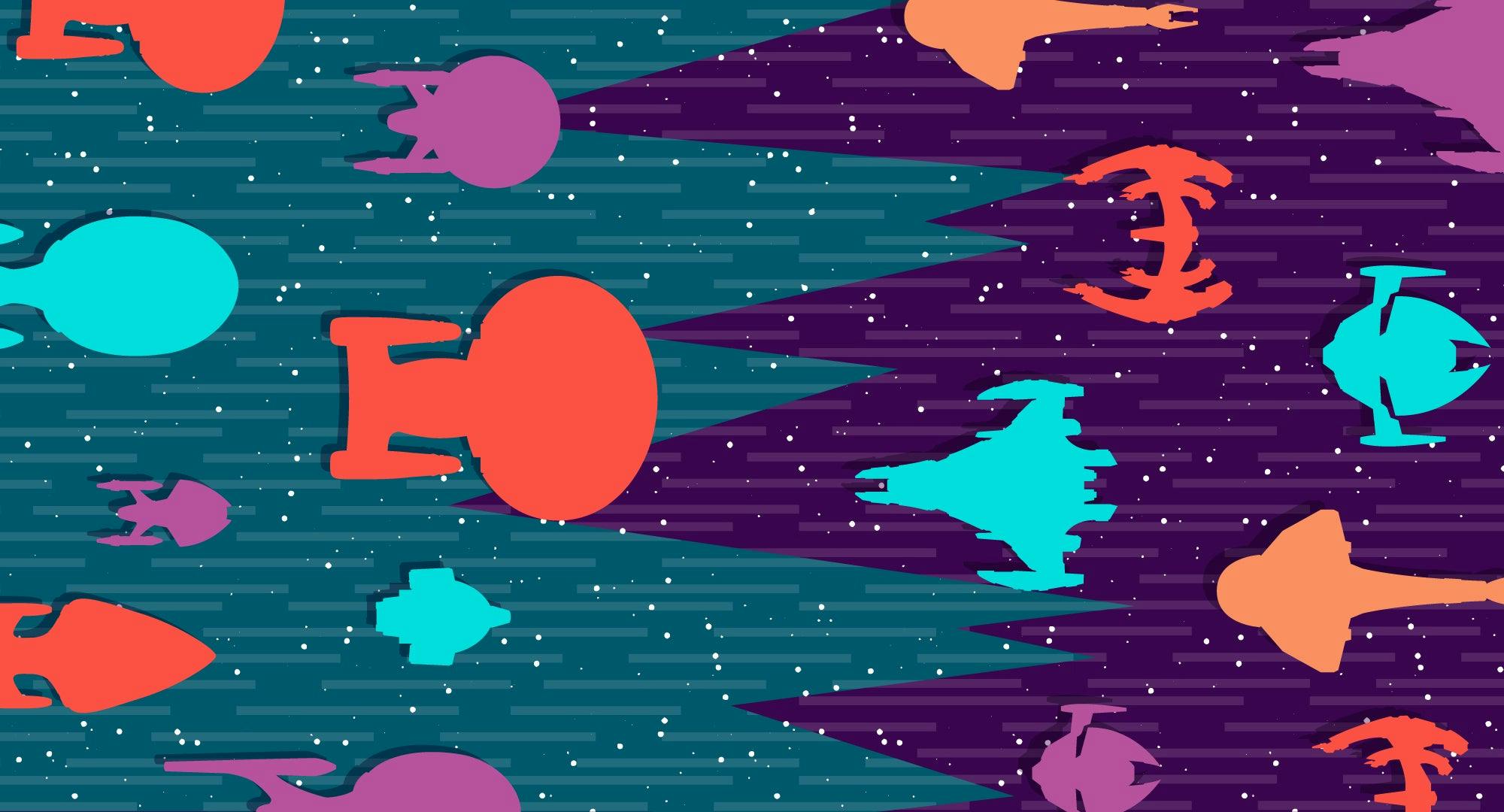
StarTrek.com / Rob DeHart
The Dominion War ravaged the Alpha and Beta Quadrants during the 2370s and involved most of the major powers in the region. The Federation and the Dominion, two of the primary belligerents, suffered severe losses in the conflict that placed their societies at odds with one another. The leaders, histories, values, policies of expansion, styles of governance, and fleets of these two governments contrasted significantly, yet enough similarities existed to indicate their post-war relationship might blossom in a positive fashion.
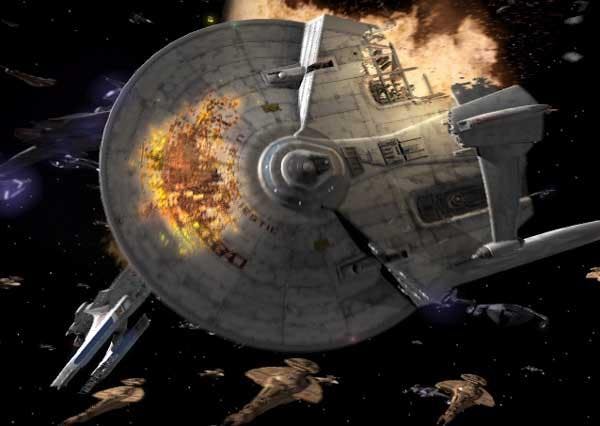
StarTrek.com
The United Federation of Planets, founded approximately 200 years prior to the Dominion War, served as the governing body for a coalition of over 150 worlds. Led by an elected president and council, the Federation government strove to equally represent every citizen in its diverse population.
The creation of the Dominion outdated its counterpart by between 2,000 to 10,000 years, as the Changelings known as the Founders strengthened their influence in the Gamma Quadrant. Unlike the Federation, the planets controlled by the Dominion lacked any influence on their own government. The shape-shifting Founders showed no interest in the affairs of "solids" and, through genetic engineering and cloning, created the Vorta to handle matters of state and the Jem'Hadar to act as enforcers.
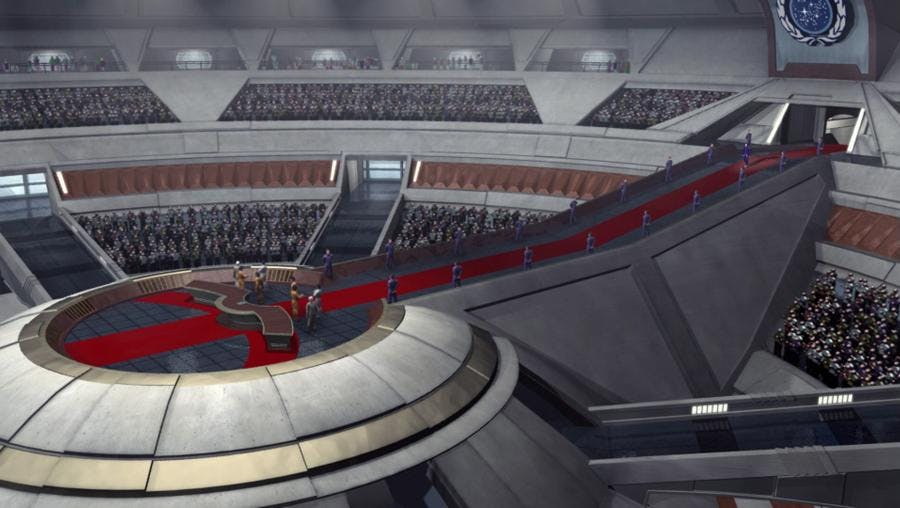
StarTrek.com
While the leadership structure of each power differed during the war, both governments endured remarkably similar beginnings. Terrans and Founders all originally sought to travel the galaxy in peace, yet they faced many challenges. Conflicts with the Suliban, Xindi, Romulans, Klingons and other assorted species endangered Earth's mission of exploration, but also strengthened the relationships between the Vulcans, Andorians, Tellarites and humanity. The increased cooperation in the region ultimately led to the formation of the Federation.
On the other hand, the well-meaning Founders confronted suspicion, hatred and persecution from the solids they met on their journeys. As they had no allies to turn to, the Founders decided the only way to survive involved creating a government to control those who opposed them. Terrans and Founders may have began on the same path, but the Federation arose from cooperation, while fear permeated the Dominion.
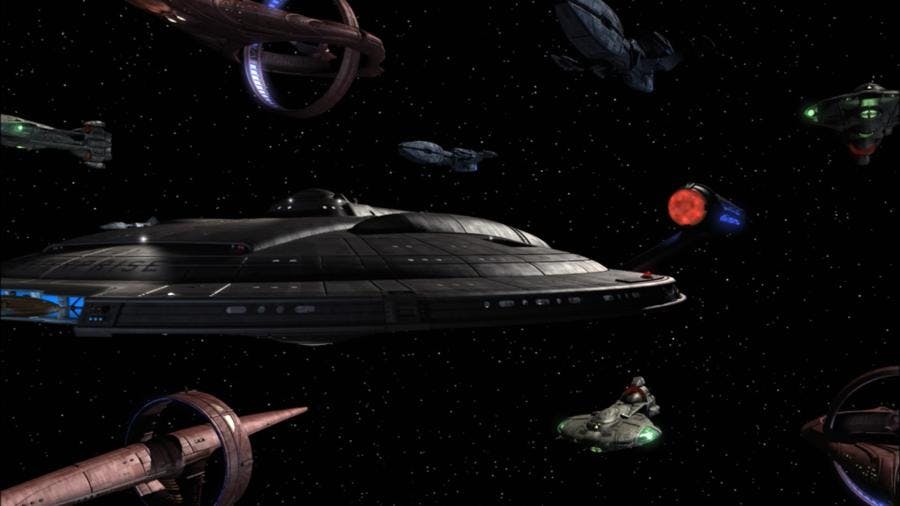
StarTrek.com
The events surrounding the formation of the Federation and Dominion rippled out to influence the core values of each government. The Federation sought out co-existence with its galactic neighbors, scientific study for the betterment of all, free-will for its citizens, and the enforcement of its laws within its borders. The goals of the Dominion included establishing order throughout the galaxy, controlling worlds so Changelings could not be persecuted and enforcing the will of the Founders.
These two systems seem diametrically opposed in most regards, but subtle similarities pervade their values. Both powers desired to enforce their regulations, but the Federation did so with elections and voluntary membership, while the Dominion pursued an aggressive policy of expansion and suppression. In the same way, both governments wished to live in tranquility, but the Dominion's idea of calm political times involved eliminating their enemies. The Federation worked toward a thriving economy, as did the Dominion, but the Federation strove to better the lives of its citizens, whereas the Dominion aimed to increase its stranglehold on its subjects.
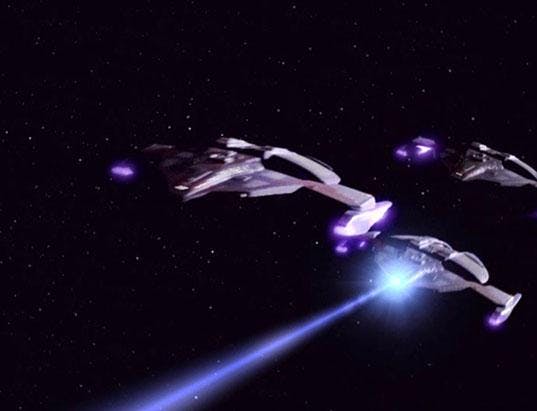
StarTrek.com
The diverging philosophies between the Federation and the Dominion became even more apparent in their policies of expansion. The Federation established diplomatic and economic ties as it traversed space, only engaging in dialogue with warp-capable species. When unified, advanced worlds became interested in Federation membership, a petition was filed and considered by leaders at the highest levels.
The Dominion also preferred diplomacy when possible, such as the non-aggression pacts signed with the Romulans, Tholians, Miradorn and Bajorans. However, these overtures often served as precursors to subterfuge, with the Alpha Quadrant pacts buying the Dominion time to defeat the Federation and Klingon Empire. Espionage and deception frequently found their way into the Dominion's political repertoire, ranging from sending in Changeling and Vorta infiltrators to provoking conflicts such as the Federation-Klingon War of 2372 and the Battle of the Omarion Nebula, which crippled the Obsidian Order of Cardassia and the Tal Shiar of Romulus. Of course, when official channels did not work, the Dominion simply sent in the Jem'Hadar and took control of worlds they desired.
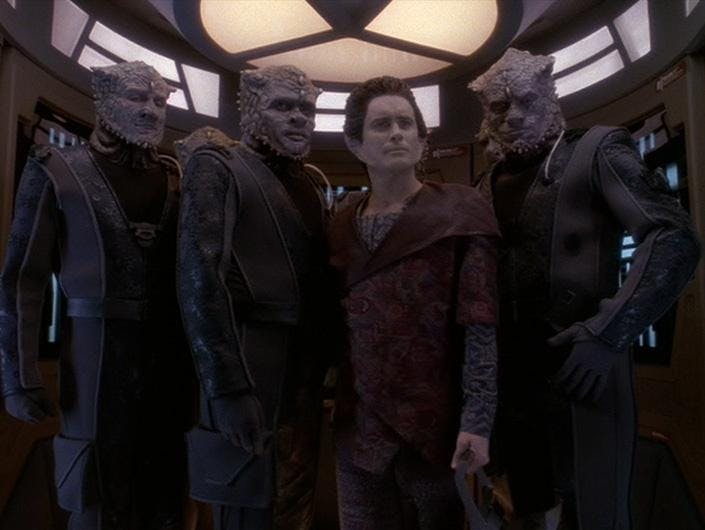
StarTrek.com
Differences in their protocols regarding new territory ultimately led to variances in their styles of governance. The Federation was composed of culturally unique worlds and people who shared a desire for equality, exploration, free-will and the betterment of all life.
The Dominion enlarged its reach as far as its resources allowed them to at any given time, either strong-arming planets into becoming members or initiating full-scale invasions. The Dominion also held a diverse population under its rule, but their hopes and needs were superseded by the will of the Founders. Egalitarian beliefs found no home in the Dominion, as the Vorta and Jem'Hadar perceived the Changelings to be infallible gods. The general population never gained access to government positions, so the Vorta and Jem'Hadar served as the administration and military branches of the Dominion, respectively.
The worlds of the Federation shared information, technology, and scientific breakthroughs with each other, while the resources of Dominion planets served solely to strengthen the government and allow for continued development at the expense of its citizens.
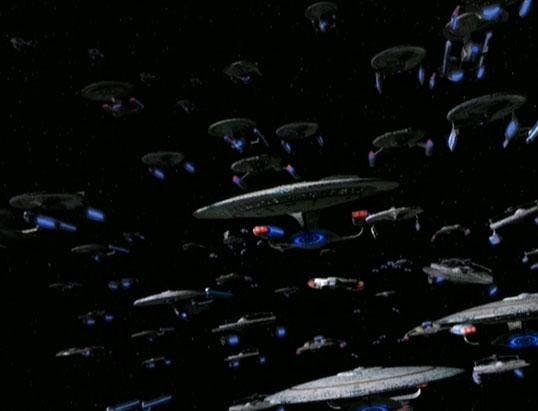
StarTrek.com
In order to facilitate travel and expansion, the Federation and Dominion both maintained large fleets of starships. Starfleet, which oversaw the operations of Federation's starships, primarily focused on scientific research and the discovery of new worlds and cultures. Peacekeeping and defending against external threats also fell under Starfleet's purview.
The Dominion fleet's mandate revolved around military matters, and its forces often deployed against perceived threats, including worlds under its own jurisdiction. Starfleet offered opportunities for all species to be a part of the organization, while the Dominion fleet again consisted of only the Vorta and Jem'Hadar. Even though Starfleet's military role took a backseat to scientific pursuits, most of its vessels possessed powerful armaments and tactical capabilities, much like the warships of the Dominion.
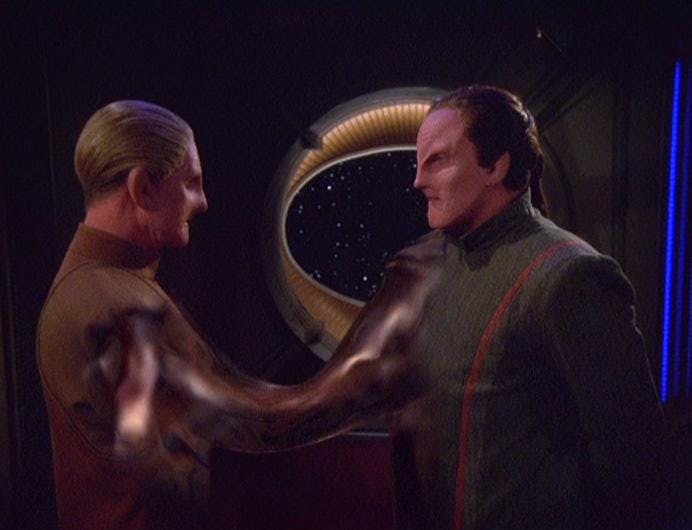
StarTrek.com
Despite the presence of significant disparities between the Federation and the Dominion, the aforementioned similarities provide hope that the two powers could coexist without conflict. Both societies sought tranquility, although the Federation preferred it to occur naturally, while the Dominion aimed to create peace through excessive force.
Exploration played a part in the creation of each government and, while the Dominion seemed to stray from that path, they did recently send out infant Changelings to learn about the galaxy. Of course, in typical Dominion fashion, espionage served as the intent of those excursions. All of the Dominion's policies that put them in opposition to the Federation stem from the Founders' fear of solids, and the war may have ironically done a great deal to change their perceptions. The Federation provided a cure to the morphogenic virus afflicting the Changelings, all of the major powers signed a treaty that did not persecute the Dominion, and Odo travelled to the Great Link to share his positive experiences with solids.
When coupled with the subtle similarities mentioned in this piece, those three developments at war's end may go a long way to improving the Founders' view of solids. With time, the Federation and Dominion may not simply tolerate each other, but learn to become valuable allies.
This article was originally published on September 13, 2016.
Jay Stobie (he/him) is a freelance writer and consultant who has contributed articles to StarTrek.com, Star Trek Explorer, and Star Trek Magazine, as well as to Star Wars Insider and StarWars.com. Jay can be found on Twitter and Instagram at @StobiesGalaxy.
Stay tuned to StarTrek.com for more details! And be sure to follow @StarTrek on Facebook, Twitter, and Instagram.

